Pressure to keep up with skyrocketing demand for tourism and aviation
On May 15, Singapore officially started construction of Terminal T5 at Changi Airport, with the goal of completion by mid-2030. Located in Changi's eastern development area, the 1,080-hectare terminal will have a system of 3 runways and be connected to the 4 current terminals. Upon completion, Terminal T5 will increase Changi's passenger capacity to 140 million passengers per year, 1.5 times higher than the current level of 90 million.

Perspective of Changi Airport's newly-started T5 terminal
CNN TRAVEL
Speaking at the groundbreaking ceremony, Singapore Prime Minister Lee Hsien Loong said the decision to build Terminal 5 was based on a long-term vision. Air travel will continue to grow strongly, with much of it taking place in the Asia-Pacific region. The new "mega" terminal will bring the world to Changi and the road connectivity from the island nation through the airport will boost growth in the tourism, aviation and logistics industries. The aviation ecosystem currently contributes about 5% of Singapore's GDP.
The Lion City Prime Minister also stressed that competition in the region is becoming increasingly fierce, as Asian airports step up investment in modern infrastructure and accompanying amenities such as shopping and entertainment areas.
The Singapore Prime Minister's assessment is completely realistic because previously, the Airports Council International (ACI) forecasted that the demand for air travel will increase by nearly 7% in the next 25 years. To meet this growth rate, airports in the Asia-Pacific and Middle East regions will receive strong investment, with a total capital of up to 240 billion USD from 2025 to 2035 to upgrade existing infrastructure and build new airports.
Therefore, the race to develop aviation infrastructure has officially accelerated from this point. Not only Singapore, Hong Kong is also fiercely maintaining its position as a logistics center by putting into operation the third runway at Hong Kong International Airport in November 2024, while expanding Terminal 2, with the goal of serving 120 million passengers and 10 million tons of cargo per year from 2035.
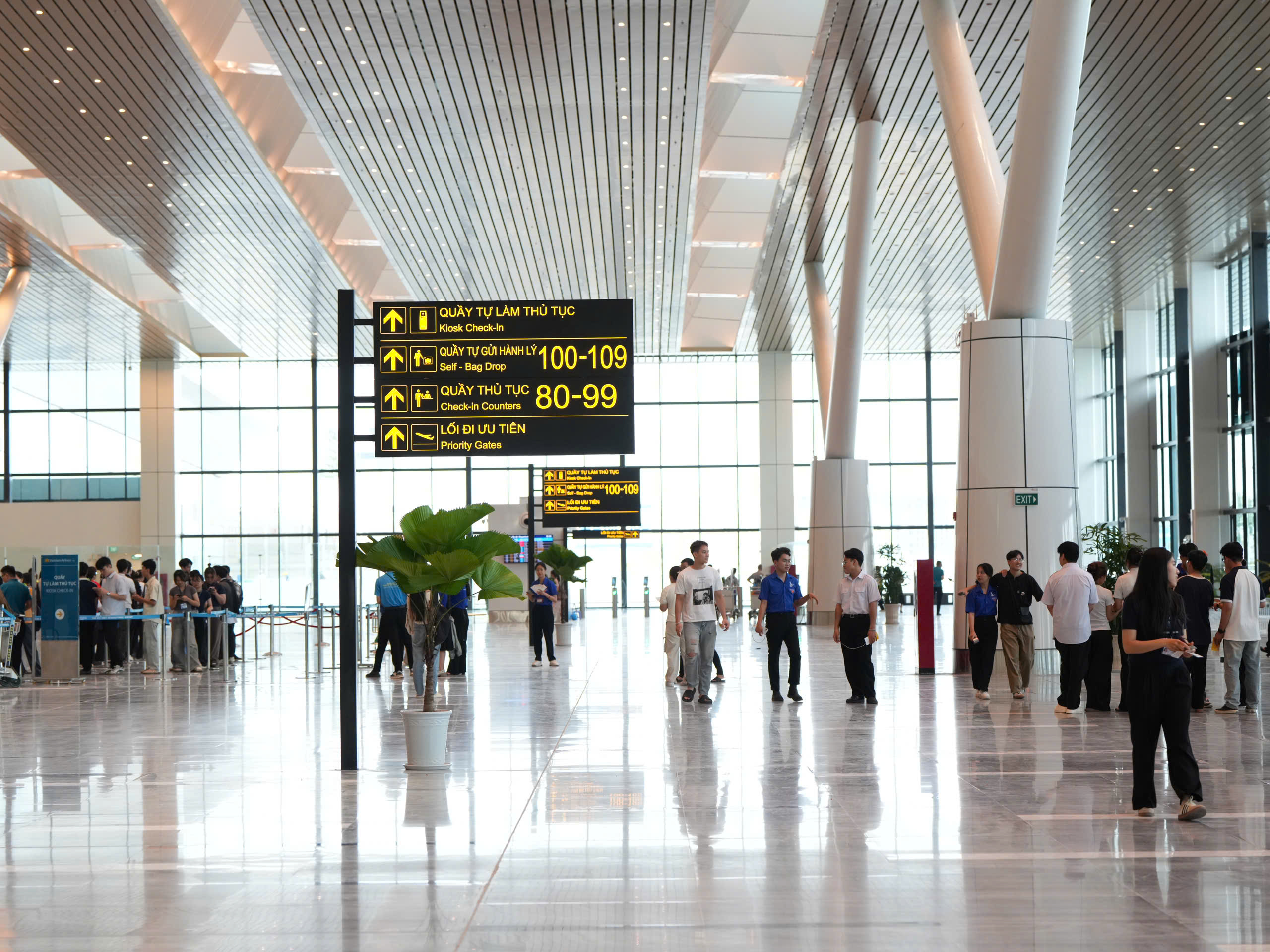
The strong increase in demand for tourism and aviation is pushing Asian countries to compete to expand airport infrastructure.
PHOTO: INDEPENDENCE
In Thailand, Bangkok’s Suvarnabhumi Airport opened its third runway in September 2024, after launching a new satellite terminal a year earlier. Thailand also announced plans to expand eastward to increase capacity by 2027.
In South Korea, Incheon Airport in Seoul completed its fourth phase of expansion in December 2024, increasing its capacity to 106 million passengers per year, from 77 million previously.
Thomas Pellegrin, head of Deloitte Southeast Asia’s travel and tourism practice, said Asia is poised to become the hub of post-pandemic aviation growth. This growth is largely driven by an expanding middle class, whose spending on air travel is outpacing income growth. High urbanization rates also mean people have easier access to airport infrastructure.
"The short-term forecast for air travel demand in Asia is 7.9% and the long-term forecast is 5.1% - the highest in the world and far exceeding developed markets. That means Asian airports need to prepare for a doubling of passengers and aircraft by 2043, putting huge pressure on existing infrastructure," said Mr. Pellegrin.
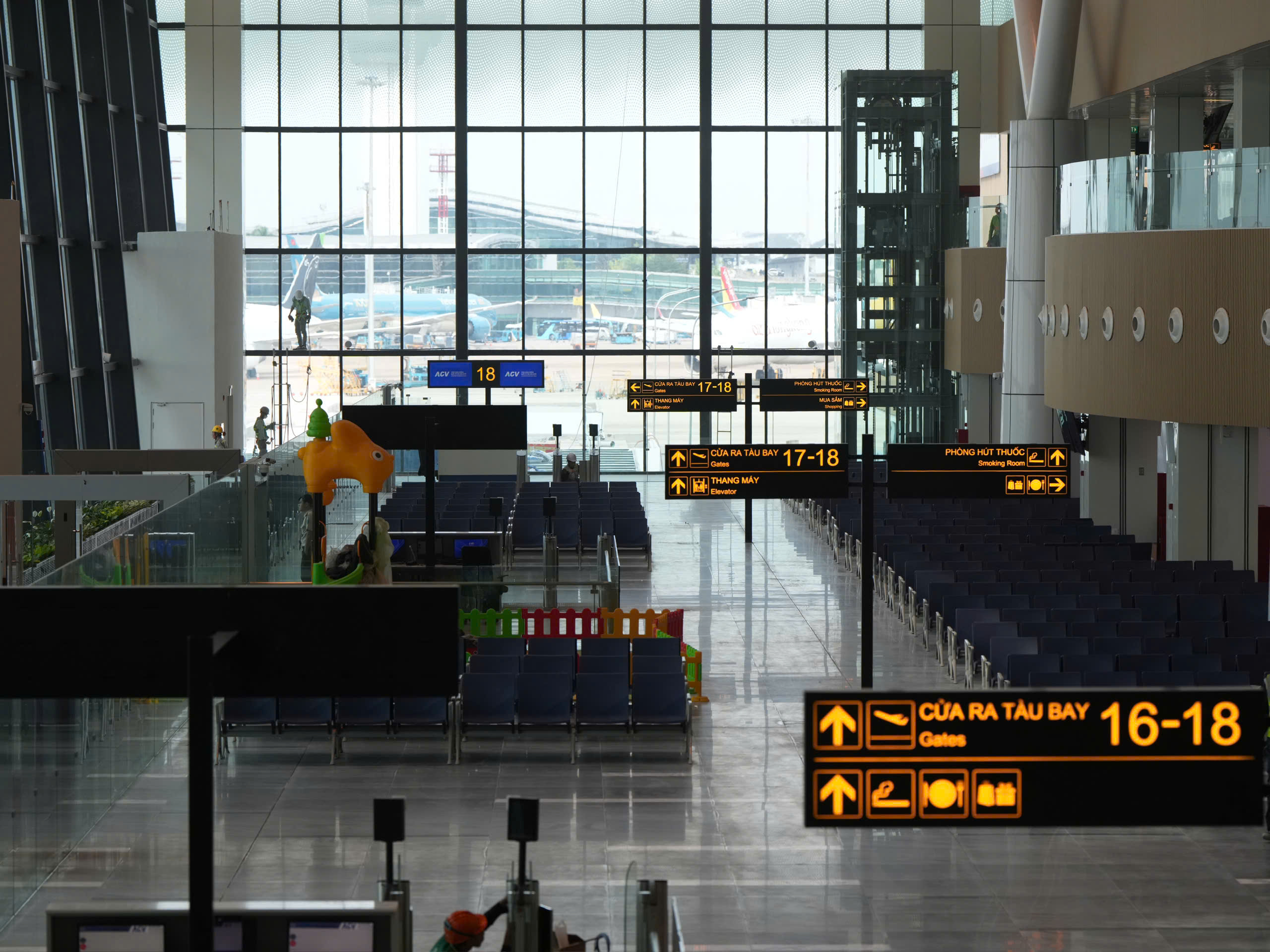
The newly opened Terminal T3 of Tan Son Nhat Airport is the largest and most modern terminal in Vietnam.
PHOTO: INDEPENDENCE
Vietnam wants to become a regional aviation hub
Not staying out of the race, across the country, a series of projects to expand and build new airports are being massively implemented with modern scale and technology, promising to create new development space for the entire Vietnamese aviation industry.
First of all, T3, the largest domestic passenger terminal in the country, has been completed 2 months ahead of schedule, increasing the total capacity of Tan Son Nhat airport to 50 million passengers/year. Terminal T3, which was put into operation on April 19, has helped Tan Son Nhat escape the serious congestion of the past many years.
Not only is the infrastructure complete, Terminal T3 is also greatly supported by the application of biometric technology for the first time in Vietnam, allowing passengers to fly using modern authentication methods, shortening check-in time and improving the passenger experience. The biometric check-in devices at this terminal help optimize the process from check-in to security check, while creating a modern, passenger-friendly environment. Along with 20 automatic bag-drop counters and 42 check-in kiosks, an automated process from check-in to baggage check-in, security check... is deployed synchronously for the first time.
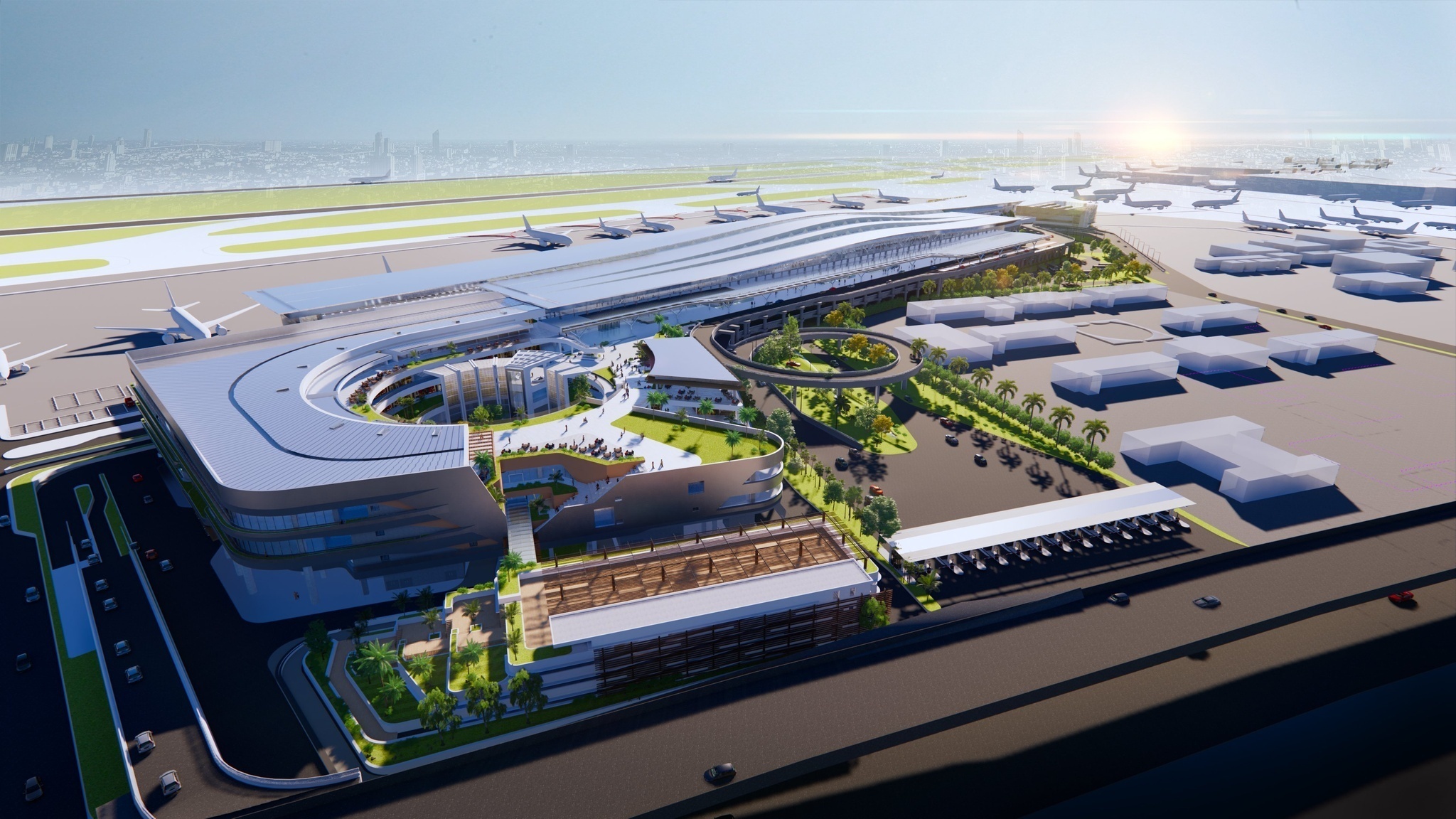
Vietnam has an advantage when new terminals and airports are invested in architectural design and modern technology.
Terminal T3 is not only important in reducing the load on Tan Son Nhat airport but is also one of 50 key projects selected by Ho Chi Minh City to celebrate the country's great historical event. City leaders have repeatedly affirmed that the project demonstrates the city's determination to develop transport infrastructure, improve transport capacity and create momentum to promote socio-economic development. Terminal T3 put into operation not only improves the quality of aviation services but also contributes to making Tan Son Nhat gradually become an important aviation hub in Southeast Asia. Upgrading the infrastructure of the busiest airport in the country will create favorable conditions for the development of service industries such as tourism, hotels, transportation and trade, contributing to a new step in the development of Ho Chi Minh City's economy as well as Vietnam's aviation industry in general.
Along with that, Long Thanh International Airport (Dong Nai) with a total investment of 336,630 billion VND, is the airport project with the largest scale and capacity in Vietnam, expected to be operational in phase 1 in 2026. Long Thanh Airport in the first phase will play the role of "sharing the load" with Tan Son Nhat. After completing the planning to reach the capacity of handling 100 million passengers/year, Long Thanh International Airport will become the largest airport in the country. This port cluster is expected to be a "weapon" to turn Vietnam into one of the aviation hubs of the region, promoting the competitiveness of Vietnam's aviation industry in the international arena.
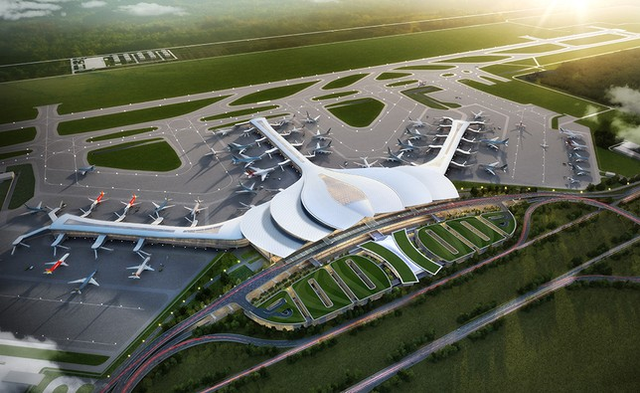
Perspective of Long Thanh airport - the largest international airport in Vietnam in the future
At the end of 2024, the Gia Binh airport project also started construction in Xuan Lai commune and Gia Binh town, Gia Binh district, Bac Ninh province, aiming to become the leading airport in the north and share part of the passengers and cargo for Noi Bai airport. In the period of 2021 - 2030, Gia Binh airport has a capacity of about 5 million passengers/year and 250,000 tons of cargo/year, with a vision to 2050, the capacity will increase to 15 million passengers/year and 1 million tons of cargo/year.
Most recently, the Ministry of Construction announced the planning of Phu Quoc International Airport for the period 2021 - 2030, with a vision to 2050, with a total area of about 1,050 hectares, a total investment capital of more than VND 26,500 billion by 2030 and an additional VND 25,800 billion for the period after 2030. According to the planning, Phu Quoc Airport will be expanded with a target capacity of 18 million passengers/year, 4.5 times higher than the current status (4 million passengers/year). The goal is that by 2050, the airport will be upgraded to a capacity of 50 million passengers/year.
With the advantage of being a latecomer, with strong investment in architecture, design, and updating the most advanced technologies, new and upcoming airports in Vietnam are expected to open a new development phase for the aviation industry, bringing the country into a new era.
According to the Master Plan for the development of the national airport system for the period 2021 - 2030, with a vision to 2050, approved by the Prime Minister, from now until 2030, the Government will prioritize investment in a number of major airports, playing a key role in the Hanoi Capital Region (Noi Bai International Airport) and Ho Chi Minh City Region (Tan Son Nhat and Long Thanh International Airports).
At the same time, continue to research and invest in new airports to increase the total designed capacity of the airport system to serve about 294.5 million passengers, striving for over 95% of the population to be able to access airports within a radius of 100 km. Invest in infrastructure systems and flight management equipment in a synchronous, modern, regional-level direction, meeting transportation needs. By 2050, the country will form 2 international transit hubs at regional level in the Hanoi Capital Region and Ho Chi Minh City Region.
Source: https://thanhnien.vn/viet-nam-buoc-vao-cuoc-dua-sieu-san-bay-cua-chau-a-185250529162652533.htm













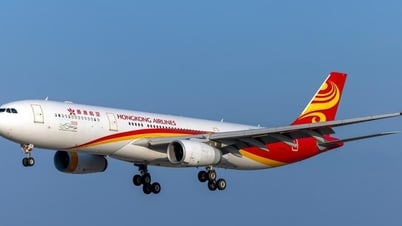










![[Photo] The 9th Congress of the Party Committee of the Office of the President, term 2025-2030](https://vphoto.vietnam.vn/thumb/1200x675/vietnam/resource/IMAGE/2025/6/20/78e7f27e8c4b4edc8859f09572409ad3)


























![[Maritime News] Wan Hai Lines invests $150 million to buy 48,000 containers](https://vphoto.vietnam.vn/thumb/402x226/vietnam/resource/IMAGE/2025/6/20/c945a62aff624b4bb5c25e67e9bcc1cb)















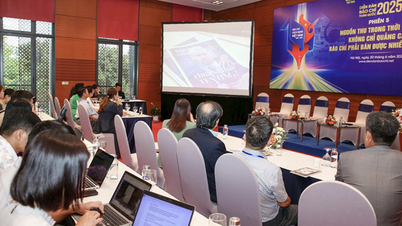






























Comment (0)